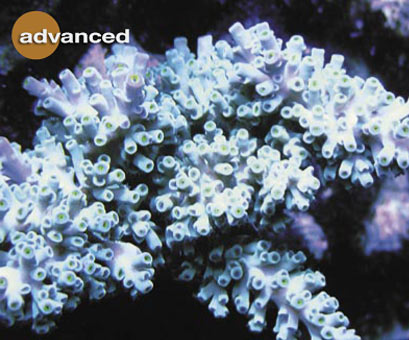http://www.liveaquaria.com/
 | With the appropriate liquid invertebrate food and the proper feeding technique, the nutritional needs of your reef invertebrates will be met without compromising water quality or the health of your inhabitants. |
 |
| More : | |
| http://www.liveaquaria.com/ | |
Species Requirements
Liquid invertebrate foods are available in two basic formulations, one comprised of phytoplankton and the other with zooplankton.
- Phytoplankton are tiny plant life, most often algae, and are best suited for herbivores and filter feeders such as feather duster worms, scallops, clams and gorgonians. Also, they are a food source for zooplankton and help establish the food chain.
- Zooplankton are minute animal life, including larval stages of crustaceans and other invertebrates, and tend to be larger than phytoplankton. Zooplankton are ideal for carnivores such as soft and stony coral, zoanthids, mushroom corals, anemones, shrimp and crabs.
Feeding Regimen
As with any food, it is crucial not to overfeed your invertebrates. Liquid invertebrate foods are nutrient-rich solutions and uneaten portions will break down to compromise water quality, leading to aggressive algae growth. It is easy to overfeed with liquid invertebrate foods, especially in reef aquariums that contain fish and have a sparse population of corals or invertebrates. To avoid this, try either of these approaches:
- Feed sparingly - Liquid invertebrate foods are supplemental foods and should be used in small quantities. Remember, when you feed your fish, you are indirectly feeding your invertebrates as well.
- Target feed - Minimize waste and overfeeding by using a clean medicine dropper, or pipette to squirt a small amount of the liquid invertebrate food about an inch or two from the intended invertebrate. By targeting the specific animal, the food will be utilized efficiently.

























0 comments:
Post a Comment